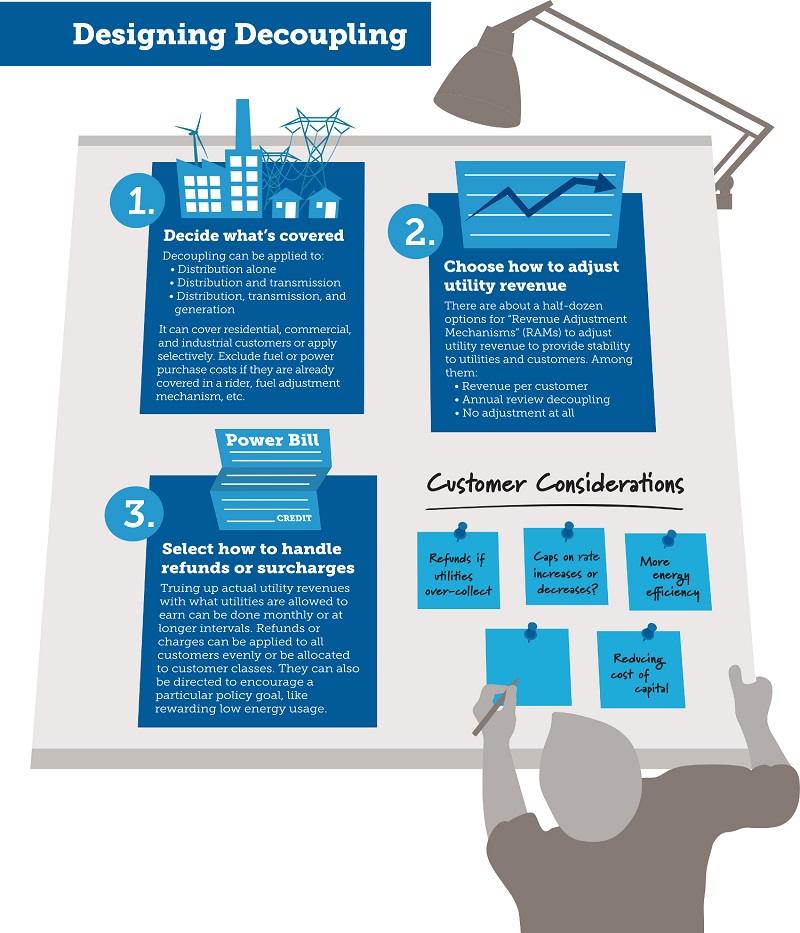Under traditional regulation, utilities make more money when they sell more electricity. Yet this equation can conflict with the public policy objectives of utility and environmental regulators. In response, some states have adopted or are considering utility revenue regulation—or “decoupling”—to mitigate risks to utilities and consumers, and to deal with potential revenue shortfalls caused by the deployment of distributed energy resources and energy efficiency.
In this webinar, RAP explores the merits of decoupling and describes how states can tailor decoupling mechanisms to work best for them. Drawing from the report Decoupling Design: Customizing Revenue Regulation to Your State’s Priorities, Richard Sedano and Janine Migden-Ostrander delve into decisions regulators must make when determining:
- Exactly what is covered under the decoupling instrument;
- How to adjust utility revenue;
- How to handle refunds or surcharges;
- Customer considerations; and
- Other design considerations.


